Devlog #1
Throughout the course of this week, the CS Gang have been hard at work trying to define, and polish, the core game mechanics for the game. A lot of research was done to really define the myriad of possibilities that the game can take on, as well as how the puzzles would look like inside our game. Here's a quick look into what we've been talking about:
Researching Puzzle Design
One of the most important parts of our game is the puzzles, and because all the members of the CS Gang are relatively new to puzzle design, it was actually quite hard for us to simultaneously think of game mechanics, while trying to think of them in the context of a hypothetical puzzle.
We discussed a lot of hypothetical ways that the "time-travel" mechanic would work, including some preliminary discussion on what the goal of the time travel mechanic is:
Chloe: "Let's say there's a vase in the past that doesn't exist anymore in the present room, because it has been shattered. You have to go into the past and "move" the vase to a much more stable location, preventing the vase from falling and breaking in the past, so that in the present, you'll have the complete vase. That way, you can complete the level because you now have the vase in the present day room."
We ultimately decided to keep this very basic idea of, "things you change in the past will affect how the future looks" concept. However, we explored a few other extensions, such as "flooding" the past level, or "fragmenting" it into several pieces, so the player has to strategically solve the puzzle as they progress through each "fragment" of the past level.
To further enrich our discussion on puzzle design and time-travel mechanics, we took a deep dive into games with puzzles and time travel mechanics. One of them was The Legend of Zelda: Skyward Sword -- specifically the design of the Sandship.
Edward: You can see here Link has to activate the stone to transform the ship to the future and back in order to navigate the ship (from 19:33-20:51). Interestingly it seems to have the opposite design philosophy compared to dishonoured - the point is that you can't see all the changes to the other time period when you do something because it affects multiple rooms, and it encourages you to remember things about different rooms as a result. Changes you make to the dungeon always unlock certain routes and block others while also being revertible.
From this, we eventually came to the conclusion that for our puzzle game, we should be designing puzzles so that whatever action the player does, can be "reverted", because it adds to the immersion and consistency of the whole experience as a whole.
Oktay also did some concept art and modeling for a potential "fragmented" past level:
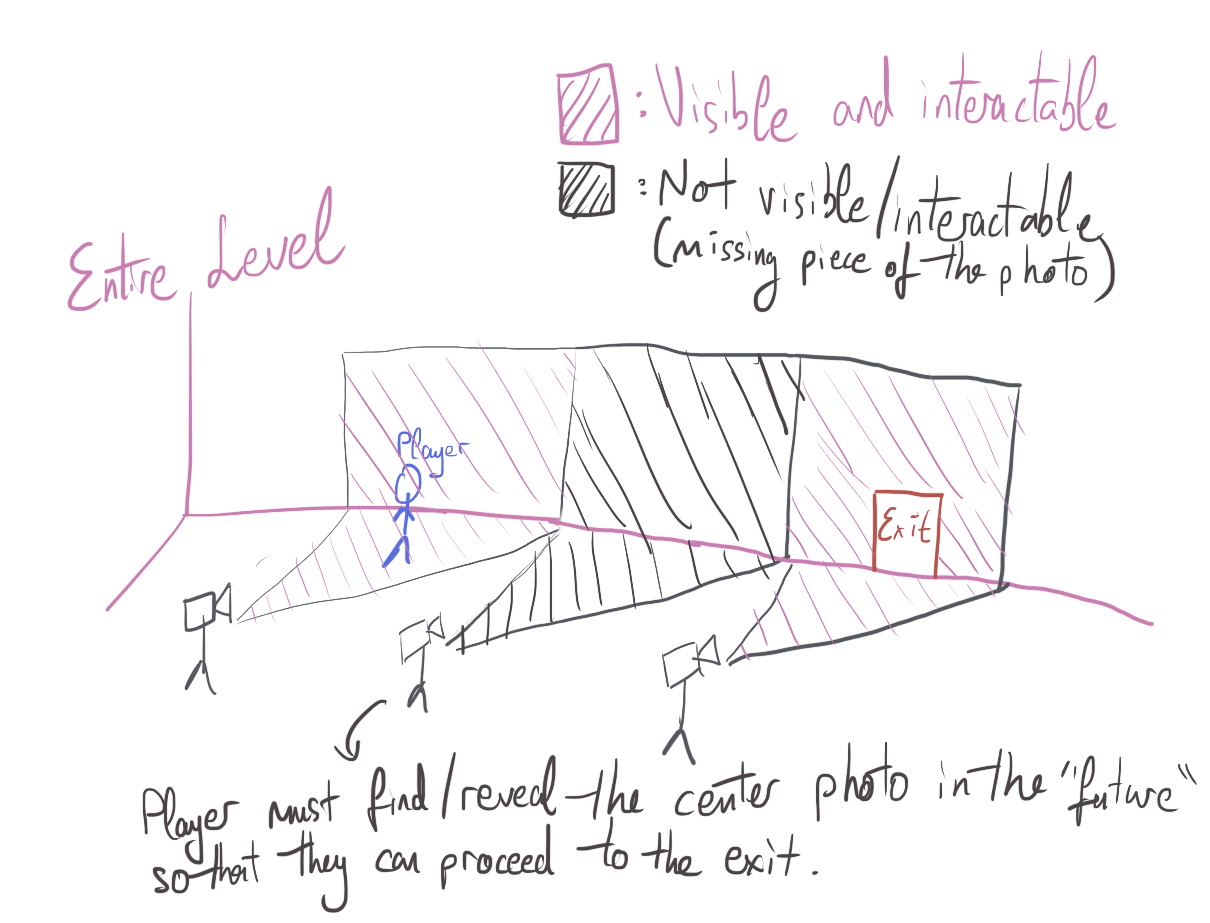
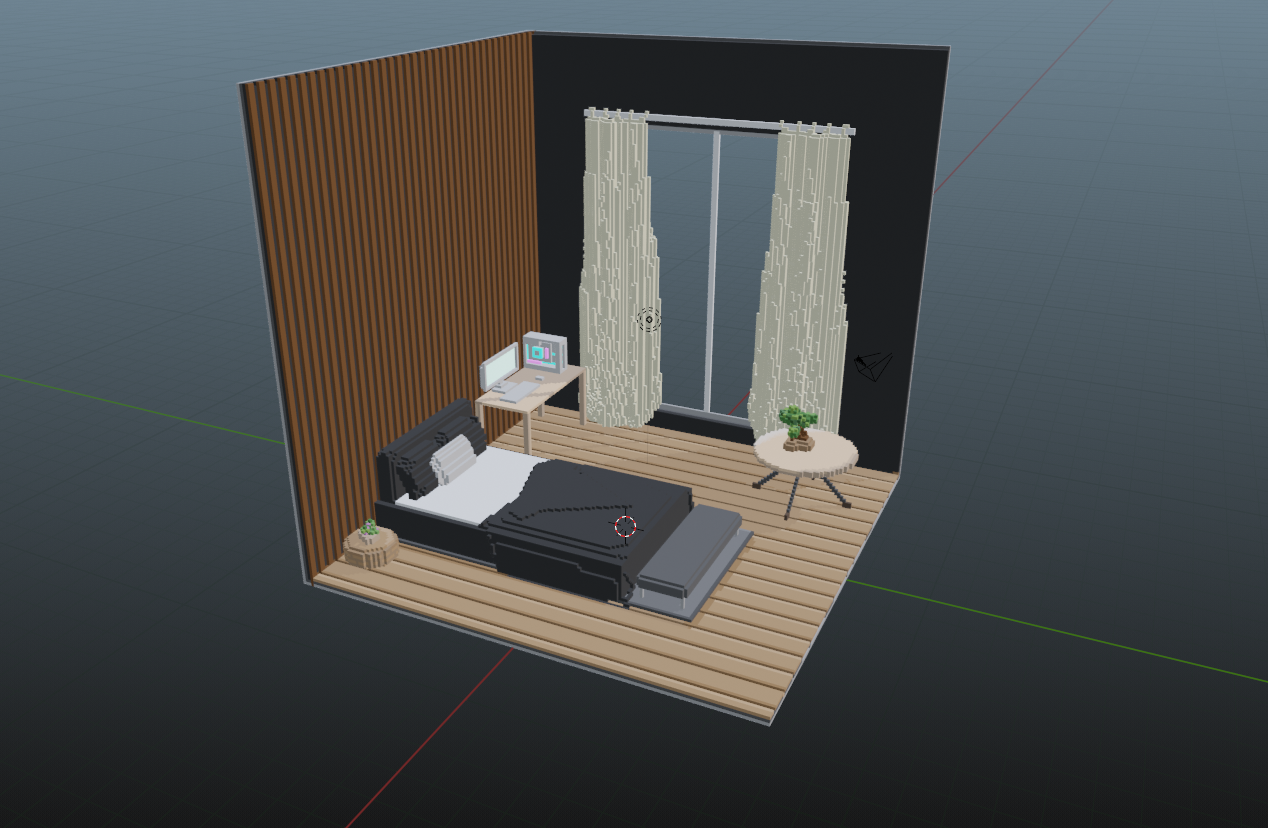
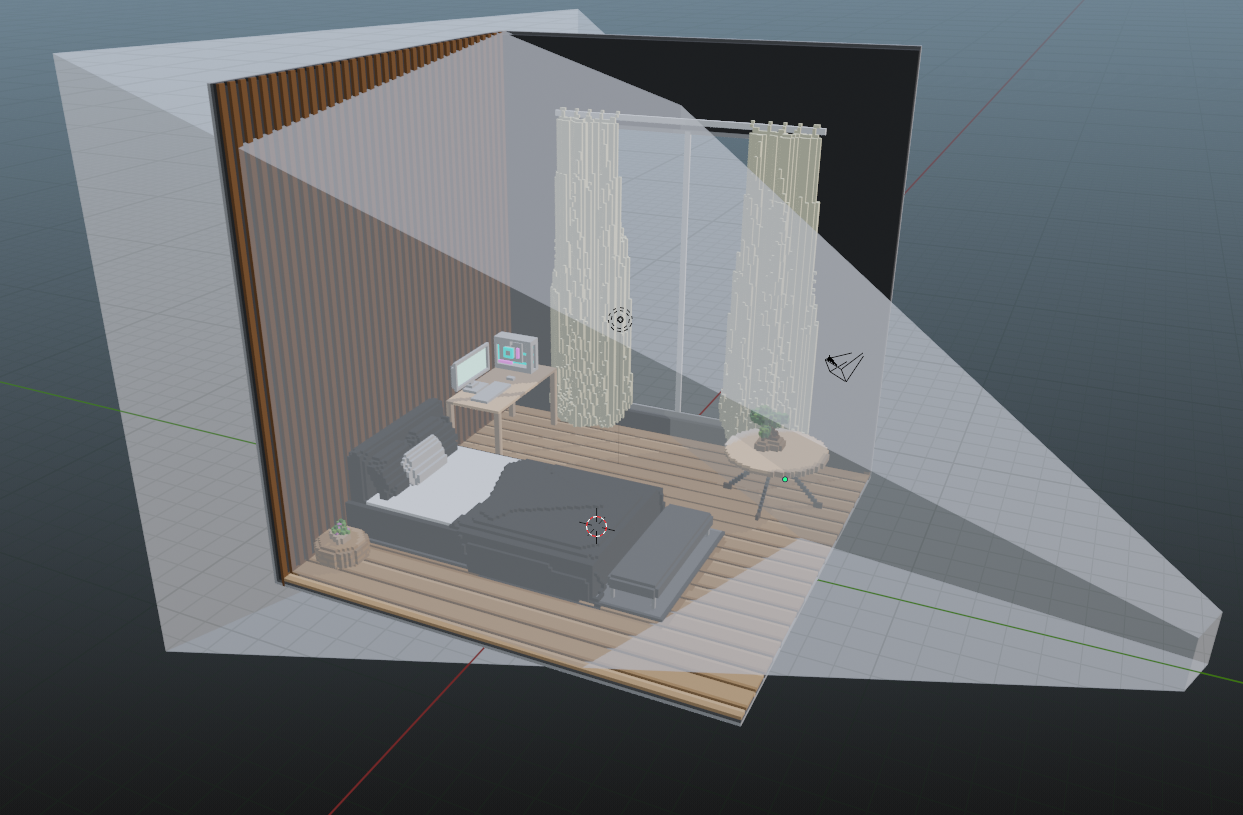
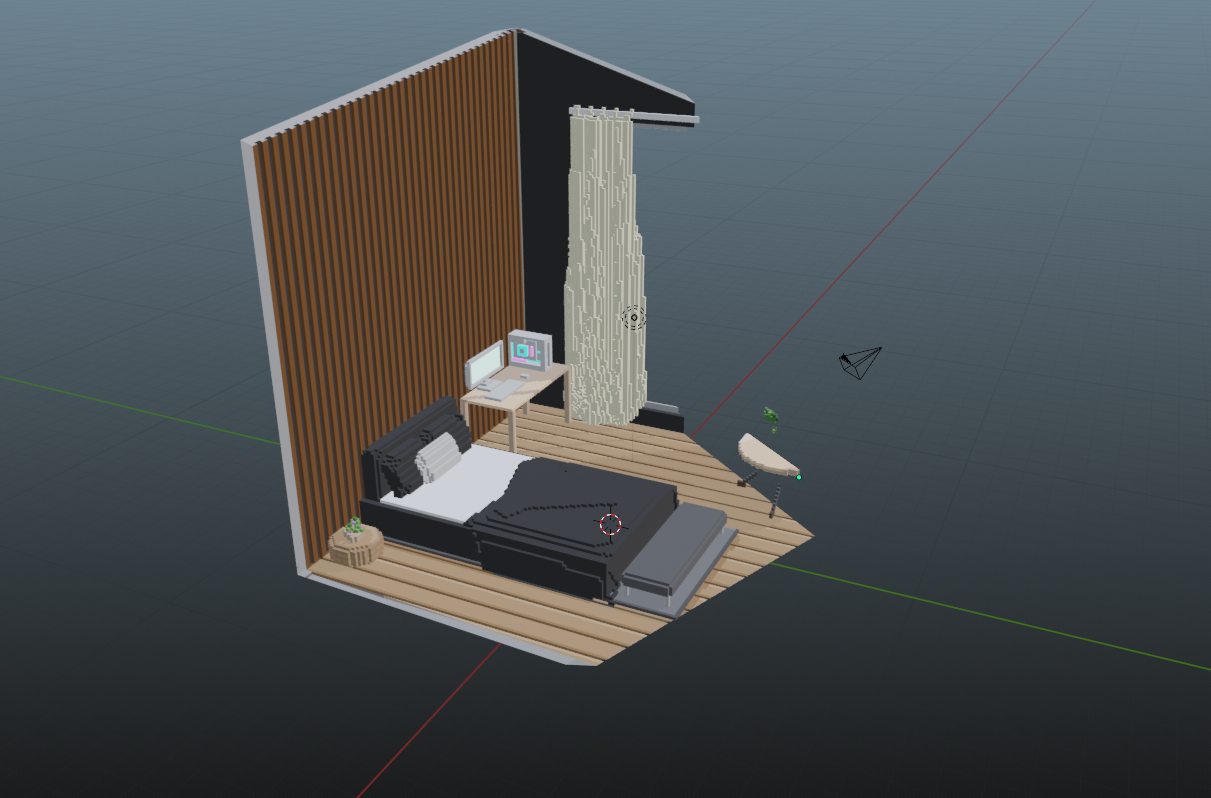
Preliminary Character Designs
Because aperture. is a puzzle game that mainly relies on walking around, interacting with items, we believe that having Animal Crossing-styled characters is actually enough for the characters, due to them encompassing exactly the right amount of movement that we require. Some of our preliminary design work so far:
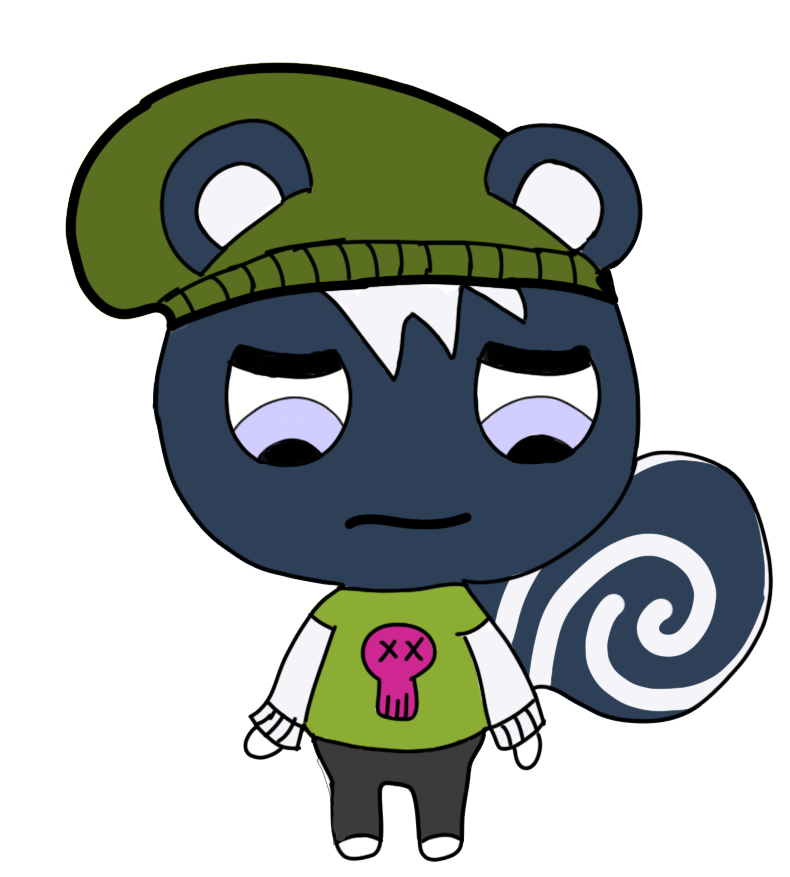
Our main character, designed by Ethan with colors that would make him stand out against the softer pastel environment. There's a bit of visual storytelling as well -- he doesn't seem as happy as his surroundings would suggest.
His color palette:
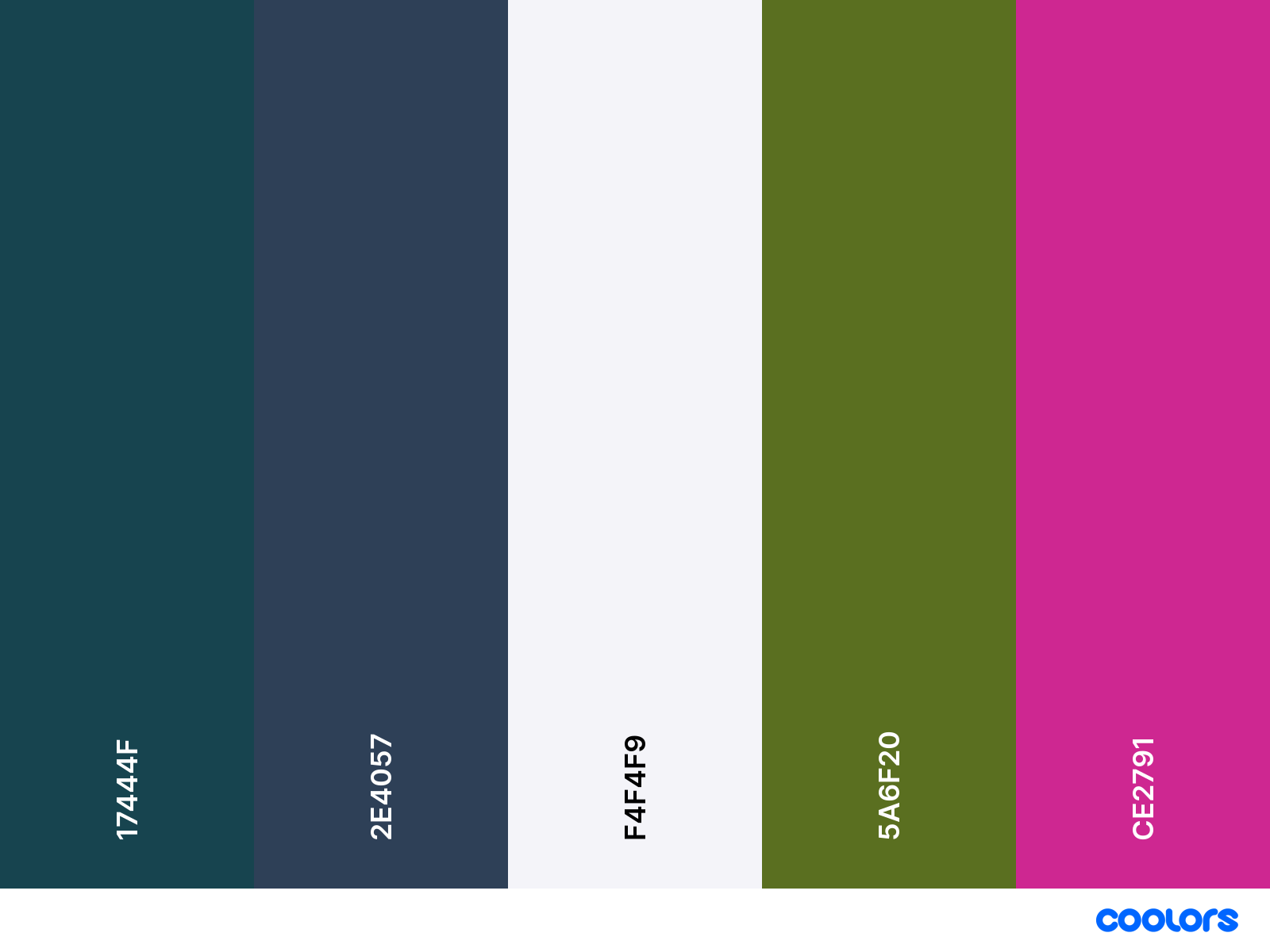
We decided that the art style and overall art direction would be more towards the "cozy" or "cottagecore" direction -- we will let the environment tell the story.
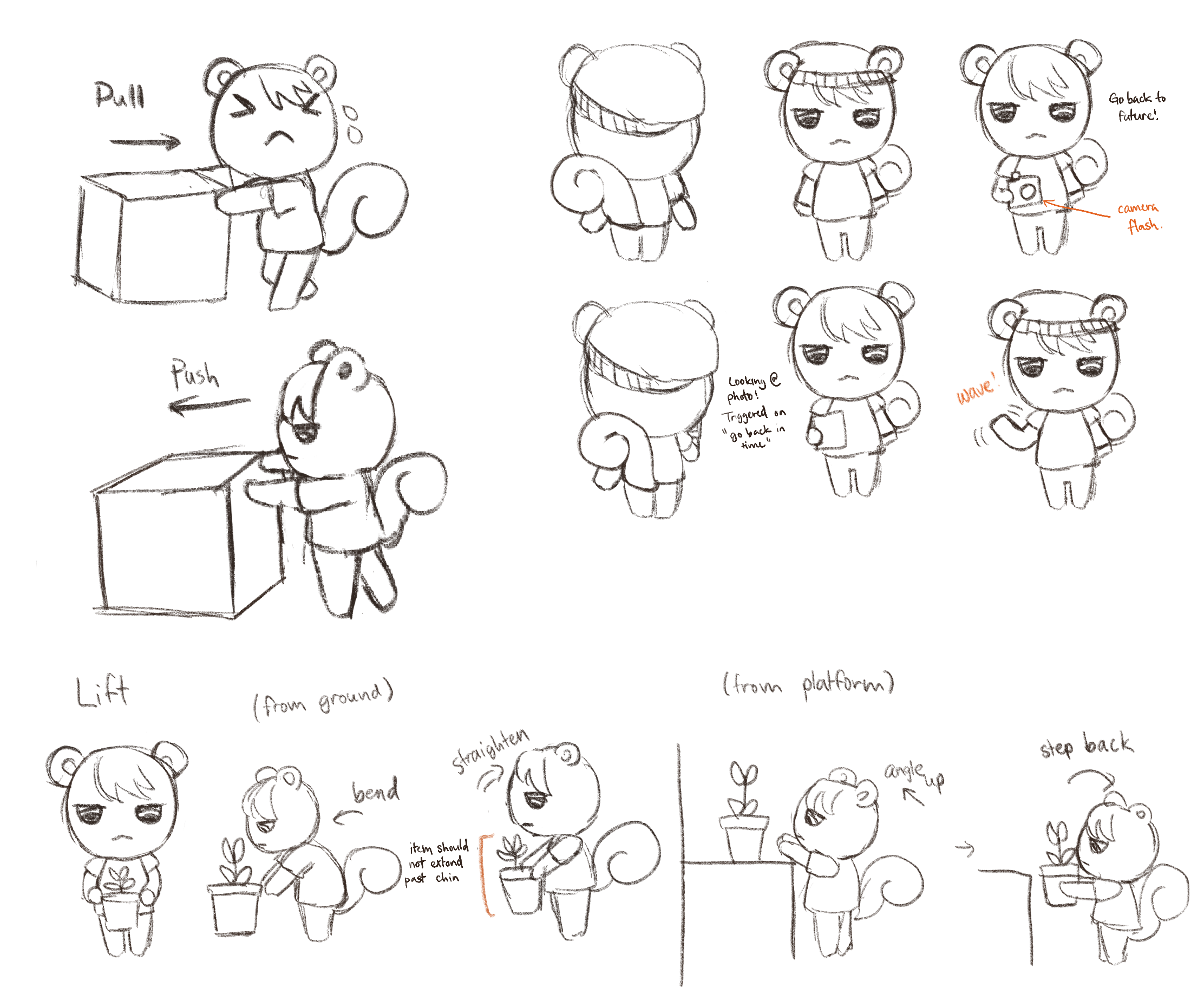
Character movement concept art by Chloe, showcasing the most important 3 movements that the main character would have to perform to solve the puzzles in aperture.
Below is a lovely alternative design made by Nimah for the player character, made to be much more easy to rig.
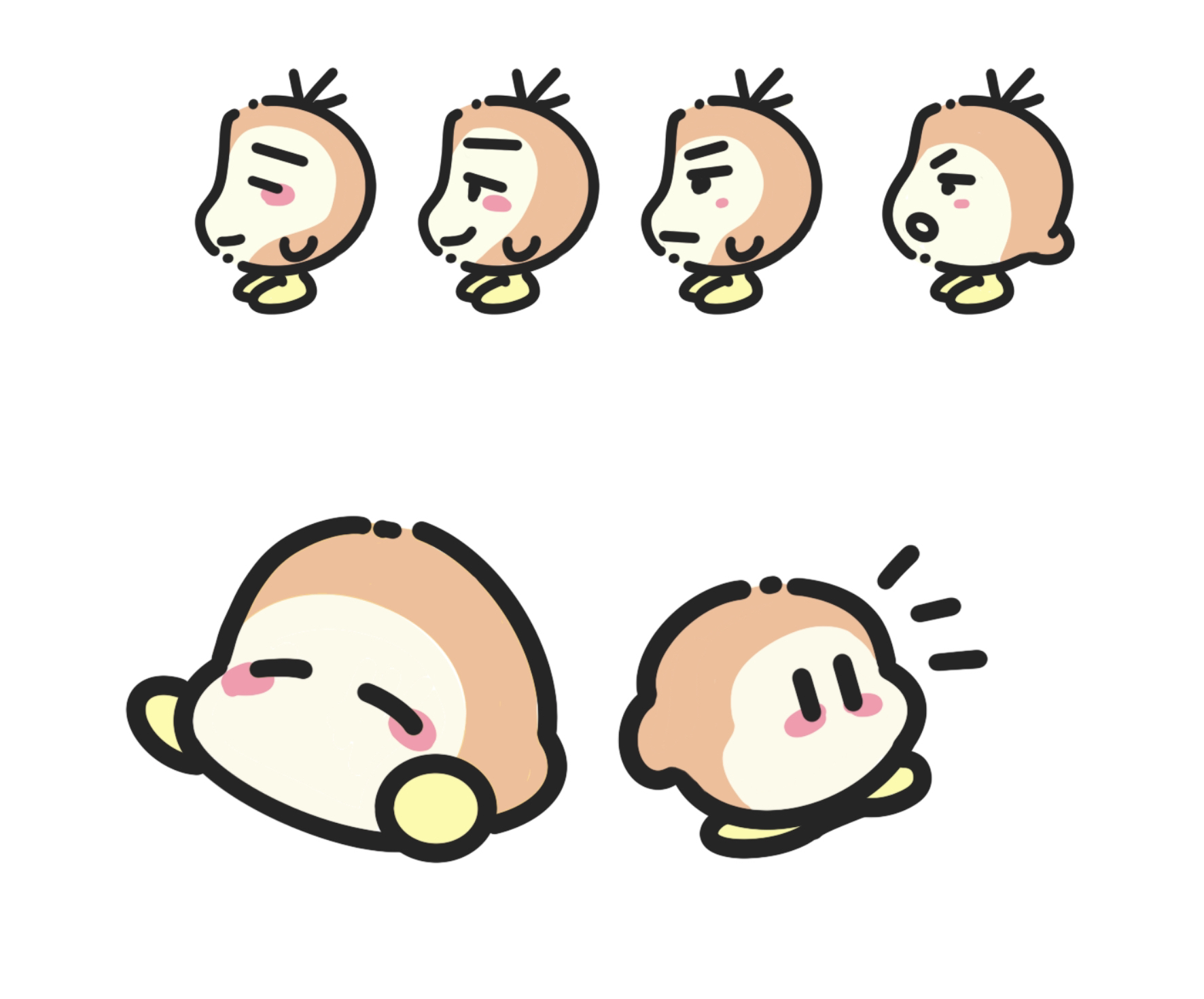
That's all for now! See you next week 💖
Get aperture
aperture
A 3D puzzle game where you harness the ability to travel between the past and the future to solve puzzles.
| Status | In development |
| Authors | yichenesia, glowies, elenawzy, ed29leung |
| Genre | Puzzle |
More posts
- Devlog #9: Final TouchesApr 10, 2023
- Devlog #6: Playtesting!Apr 10, 2023
- Devlog #7: Playtesting Continues!Apr 10, 2023
- Devlog #5: Alpha ReleaseApr 10, 2023
- Devlog #10: Final Demo Release!Apr 06, 2023
- Devlog #8: Playtesting Report!Mar 25, 2023
- Playtest Updates!Mar 15, 2023
- Devlog #4: Level Prototype!Mar 13, 2023
- Devlog #3: Game Design Document V1.0Feb 11, 2023
- Devlog #2Feb 06, 2023
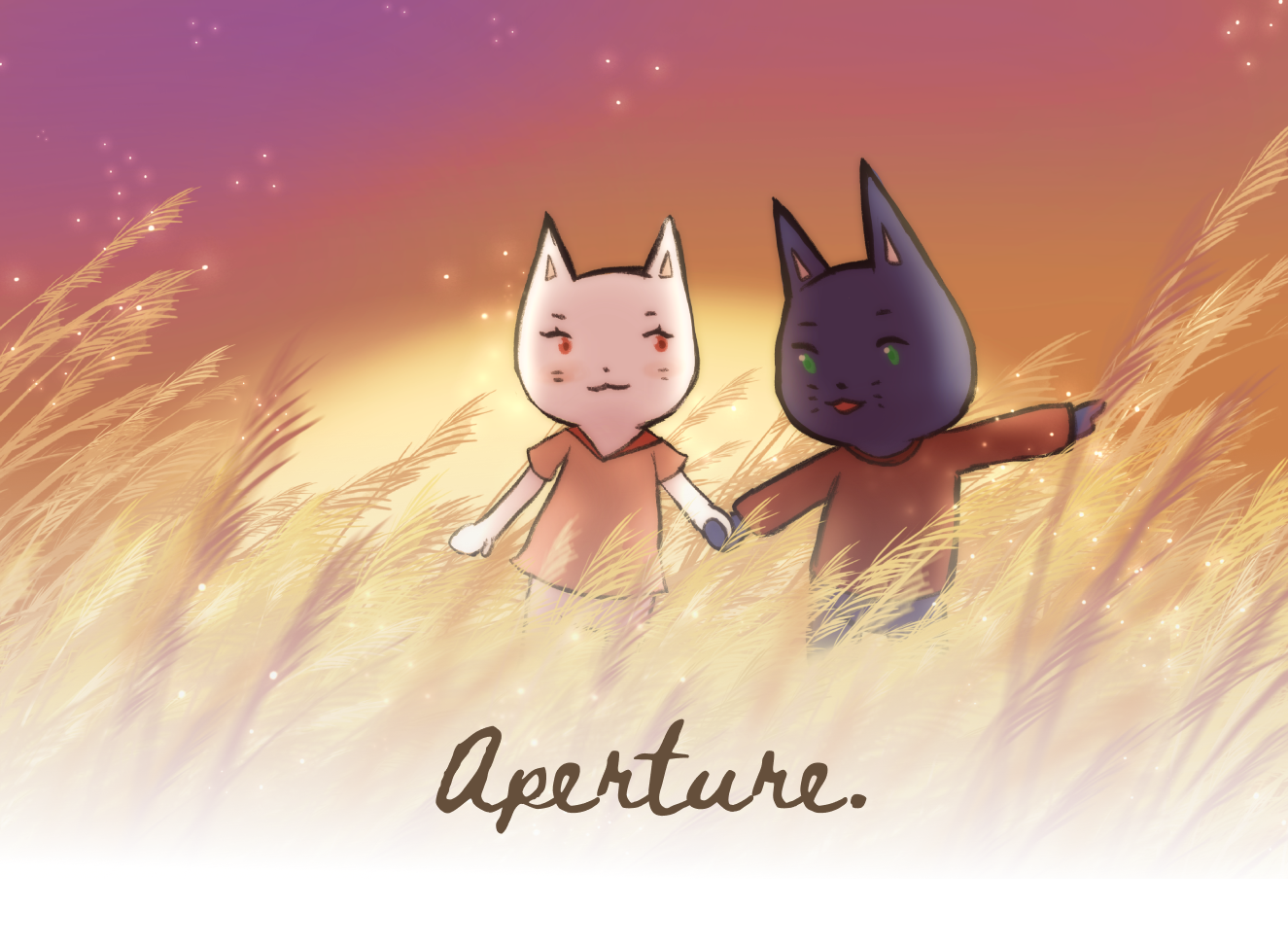
Leave a comment
Log in with itch.io to leave a comment.